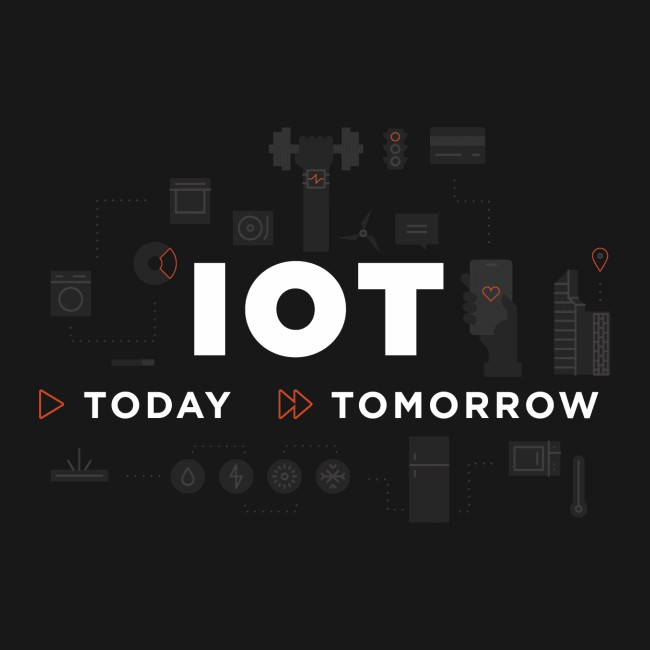Step by step, our world is merging into small objects, like smartwatches, earpieces or even gesture-based rings, which help us control other devices and a lot of physical actions. It’s a reality thanks to the Internet of Things, which counts way more than just laptops and smartphones.
Let’s start with cities. Barcelona, for instance, took pole position in leading smart cities. In 2012 the city created an innovative way of managing parks and water fountains. By using IoT sensors with parks and fountains, the city managed its water much more efficiently. In fact, IoT helped the city achieve a 25 percent increase in water conservation, for savings of approximately $555,000 per year.
Cars manufacturers are also taking it to the next level. In two years, we will have more than a quarter of a billion of smart cars on the road. Moreover, 10 million of these vehicles will be autonomous, which come with their pros and cons.
Connected traffic lights for a safer life
Paris also went digital. Autolib, the innovative car sharing system in Paris, allows drivers to use an electric car without a reservation. They just walk up to an available vehicle and swipe a credit card, then drop the car off at any available stand.
Speaking of cities, smart street lights is a highly effective way to save energy. They can have many uses, like tracking foot traffic, collecting air quality data or making public spaces safer and more pleasant.
Smart healthcare is happening
Another essential field for IoT is healthcare. Connected medical devices can optimize processes and save lives. At the moment, 73% of medical IoT is used in monitoring and maintenance. The smart pills technology provides better endoscopy procedures, controlled drug delivery and remote patient monitoring.
Get help with chores
The Internet of Things swiftly entered in the comfort of our own homes and we hope it will stay. Imagine this: a robot that does chores like folding laundry or vacuuming. Every 3 out of 10 of us would immediately embrace the idea! The question that arises is how close are home robots to us?
Want the full picture on the Internet of Things at present and in the future? Scroll down into the infographic to find out.

Sources
https://datasmart.ash.harvard.edu/news/article/how-smart-city-barcelona-brought-the-internet-of-things-to-life-789
https://medium.com/iotforall/iot-for-healthcare-a-163-billion-opportunity-98e2a59b9849
https://www.prnewswire.com/news-releases/national-study-underscores-consumers-need-for-control-when-considering-smart-technology-300455332.html
https://mobilefuture.org/
https://news.arubanetworks.com/press-release/arubanetworks/iot-heading-mass-adoption-2019-driven-better-expected-business-results



The IoT Tipping Point: Everywhere | QUALITANCE
Posted at 17:06h, 27 April[…] And now, there are so many things around the house that we can deal with in a smart way that we’ll soon forget we ever went about them differently. That’s how much IoT is already bettering our living experience. And we’re not even talking about house robots – not yet. Although that’s something that people expect to see in the next 20 years. […]
6 Ways IoT Creates Surprising Value in Healthcare | QUALITANCE
Posted at 17:47h, 11 May[…] software and services by 2022, up from $58.9 billion in 2014. At the same time, 70% of people want doctors to monitor their health remotely. 81% of people under 45 are eager to learn about the IoT technology and share data with their […]
How IoT Is Reshaping the Future of Heavy Industry - The Rolls Royce and Rio Tinto Approach
Posted at 06:24h, 20 July[…] Hawk and beyond, unmanned aircraft systems have already revolutionized warfare. At the same time, self-driving cars are bound to overhaul ground transportation. Look no further than Alphabet Inc.’s Waymo and the […]
Future Horizons in Review - 5 Tech Conversations That Ruled in 2018
Posted at 12:48h, 14 July[…] If you’d rather visualize how IoT is changing our lives, our cities and our homes, check out this cool infographic. […]